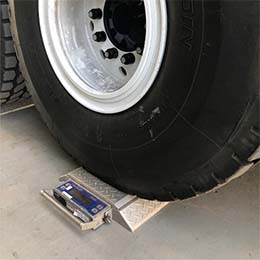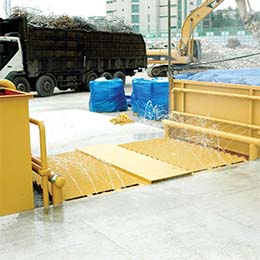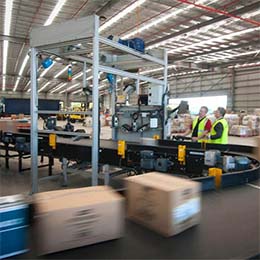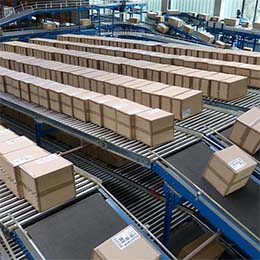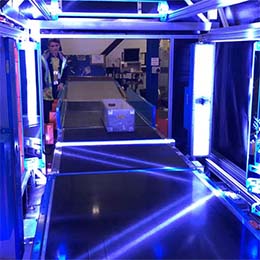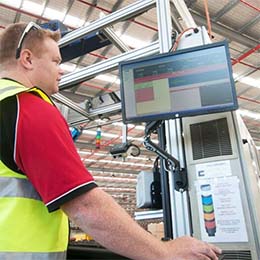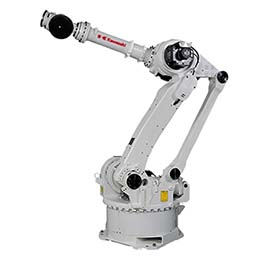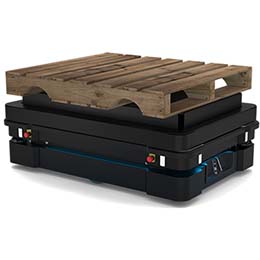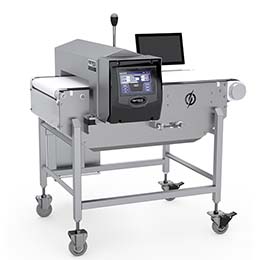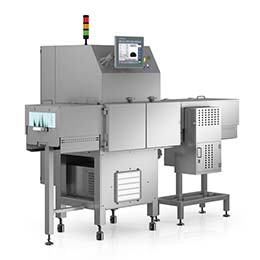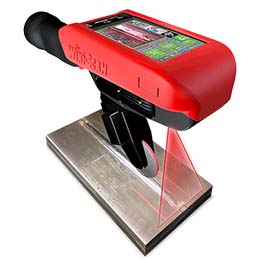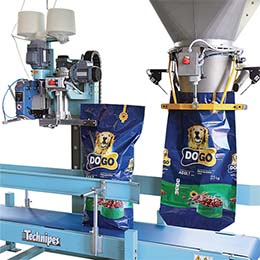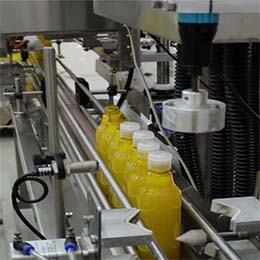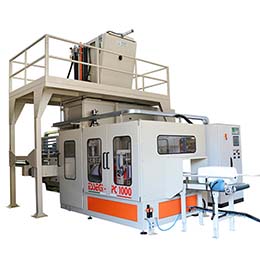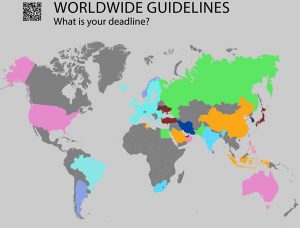The implementation of a pharma serialisation system at a pharmaceutical manufacturing plant or contract packager (copacker) is an important but seemingly daunting task. While it has the potential to stop the global trade of illegal counterfeit drugs and so safeguard consumer health and brand equity; knowing the best way to successfully progress a serialisation project without significantly disrupting current operations is often unclear. For this reason, the prospect of implementing a track and trace system is often met with some trepidation, if not fear. And for these reasons, these projects were often postponed.
Alas, the majority of Australian pharmaceutical manufacturers that currently export or that intend to export product now have no option but to implement full track and trace serialisation systems to meet country-specific track and trace requirements. Track and trace is a globally interoperable approach, ensuring harmonisation of a product’s unique identifier and associated data across international borders and helping to facilitate the sharing of joint packages in multiple countries, which is common practice today.
In the U.S, the entire supply chain is expected to be electronically integrated and all nodes of traceability to be established by November 2023. The European Union (EU) has followed suit with compliance by enacting the Falsified Medicines Directive (FMD). Unit-level serialisation and dispenser authentication have been mandated, as of February 2019. Other nations around the world are fast falling suit, and while country-specific traceability requirements have different scopes they are converging to a universally accepted standard.
According to the United Nations COMTRADE database on international trade, Australian pharmaceutical manufacturers and/or their contract packers exported US$2.97 billion of product in 2018. This accounts for a third of industry revenue. 30% of exports were to the U.S. 24% to China, approx. 13% to countries in the European Union, 10% to NZ and 2.5% to Turkey. Consequently, close to half of all Australian pharmaceutical products must meet full serialisation standards in order to be exported…and the number of nation-states with stringent track and trace requirements is rapidly increasing.
Furthermore, all pharmaceutical manufacturers must now implement systems in preparation for the enforcement of TGA regulatory requirements that took effect in September 2020 for the batch coding of pharmaceutical products in the Australian marketplace.
For these reasons, we share with you the following case study about a contract packaging company that took a proactive approach to meet current and future pharmaceutical regulatory requirements and safeguard their future market success.
Although there is no global standard for consumer protection associated with prescription medications, most of the major countries involved in pharmaceutical production have already implemented regulations to ensure drug traceability. Serialisation results in the creation of a two-dimensional data matrix code which gives a unique serial number linked to the manufacturer’s product code, the expiration date, and the batch or lot number. When serialisation is fully implemented, these unique identifiers give visibility and traceability within a supply chain from the production line to the pharmacy to the patient treatment venue. In addition to curbing the problems caused by the booming counterfeit market, it can be used to effectively identify product that needs to be pulled out of circulation in the event of a recall and can be used to manage the inventory and distribution.
Regulators, like pharmaceutical manufacturers, recognise the need for tracking and tracing drugs, but have a balanced appreciation for the impact on drug manufacturers and the mixed effect on consumers by enforcing laws requiring serialisation too quickly that would result in constraints being placed on the production/availability of potentially life-saving drugs could drastically upset the health and well-being of our society. For these reasons, most countries have adopted a staged approach in the development of their specific track and trace regulatory requirements.
CASE STUDY: CONTRACT PACKAGING COMPANY IMPLEMENTS SERIALISATION
Once the contract packaging company decided to move ahead with implementing a serialisation system, they created a project team to start the process. The team consisted of less than 10 people, and the input of all relevant stakeholders, such as operations, quality, legal, distribution, labelling, regulatory, engineering, IT, purchasing, and customer service, and quality, were sought out. Many of the internal conversations hinged on two critical points: 1) where we are today and 2) where we want to go in the future. They focused on the company’s internal needs within the manufacturing facility as well as the external needs of their pharmaceutical clients while making sure they were implementing the changes that would enable them to meet compliance requirements.
- Internal Focus. All current business operations were reviewed to see if they were impacted by serialisation. How could they minimize the impact on line efficiency, operations, and distribution — during the upgrade process and after the serialisation system was implemented? How should they roll-out an aggregation strategy with a more comprehensive track-and-trace capability, either gradually or at the same time as serialisation? Were their existing information systems robust and efficient enough to manage the added data integration requirements of serialisation? They were quite certain the printer they used for their previous labelling would not be capable and fast enough to print 2D codes, but they wondered if they could port the data from new serialisation equipment into their current IT backbone. They understood they needed to respond to the regulatory authorities within 24 hours of a request for verification of product identification coding: would their IT system stand up to that task? How would they back up the data and recover from problems? How would they handle reworks, returns, and exceptions? Identifying and defining potential problems was instrumental in designing the solution.
- Client Focus. A review was needed to ensure their plan for serialisation would accommodate past and future products the company had manufactured. They noted potential problems and came up with a mitigation plan to overcome the difficulties. To verify they were on the right track and didn’t miss important details, they presented their high-level plan for serialisation to their pharmaceutical partners and effected required changes. They discussed aggregation strategies with their clients to better understand if and when they plan to use aggregation data to more closely manage their inventory and distribution.
- Regulatory Focus. Several times through the planning process, the project team asked themselves if they had interpreted the regulatory requirements appropriately and to the satisfaction of their pharmaceutical clients. Several members of the project team attended industry conferences where serialisation was a hot topic and concluded that they were proceeding in compliance with the expectations of the FDA.
- Unified Step Forward. After they gathered answers to their questions, they were in a position to describe requirements and develop a scope, budget and schedule for the project. They realised from the own projections and from the shared experiences of others that it would take a minimum of six months to implement the changes once plans were in place, giving a bit of room for unexpected complications.
Partnership WIPOTEC-OCS Systems Integrator
Even with all these details to sort out, the contract packaging company came up with an initial plan within four months and then started researching equipment vendors of serialisation systems. They realised many of their questions would be answered by experienced vendors with technical knowledge of their systems and another view of the regulatory environment. They knew the best path forward would be to form a close relationship with a vendor that understood what the organisation wanted to achieve and was able to help them achieve their goal. Following a thorough evaluation process, it was decided that WIPOTEC-OCS met and exceeded the requirements.
The contract packaging company appreciated that WIPOTEC-OCS’ experience in both serialization and aggregation. WIPOTEC-OCS has been installing serialisation systems in Europe and in other global locations well before the regulatory environment around serialisation heated up around the world. Importantly, the packaging company had good chemistry with WIPOTEC-OCS. The folks from WIPOTEC-OCS “speak the same language,” share common goals, are competent, open, and direct.
The two companies met a few times and talked about the details of serialisation upgrade. It soon was confirmed that the Traceable Quality System (TQS) from WIPOTEC-OCS was the ideal track-and-trace solution. The system provides maximum flexibility for their current serialisation and weight verification requirements and their future aggregation needs. The plug and play design minimised downtime on the production line, and the compact footprint of the equipment allowed for easy integration without space restrictions. Since the bulk of the contract packaging company’s pharmaceutical manufacturing business involves drugs that are supplied in bottles, the initial serialization equipment was programmed to label individual bottles of product, plus the shipping cartons in which they are placed for storage in their warehouse and subsequent shipment. The flexible TQS platform allows for serialisation of a wide range of bottle sizes, and if customers need other packaging formats, such as vials or blister packs, the same equipment can handle that.
The serialisation equipment flawlessly passed factory acceptance testing (FAT) at the WIPOTEC-OCS facility before shipping half-way round the world. The site acceptance testing (SAT) of the equipment went smoothly as well, expedited by all the standardised formats used in the design of both the hardware and software platforms. The installation qualification and operational qualification (IQ/OQ) package included with the serialization unit was used to ensure proper performance. A traceability matrix defined all the requirements for the system, and passing scores obtained in test protocols confirmed the serialization upgrade was complete and ready to use.
Production managers and operators have found the system to be very easy to use. They appreciate that the TQS software uses open serialisation communication standards, commonly called OPEN SCS, which interface with their enterprise system to offer efficient, convenient and one-platform operation. They know they can move the first-installed serialisation equipment to other production lines, but they realize the request from pharmaceutical companies for serialisation will grow quickly and it is worth the investment to equip all of their drug manufacturing lines with similar units.
Conclusion
Detailed planning plus partnering with WIPOTEC-OCS and it’s system systems integrator has been a winning combination. The TQS track-and-trace equipment’s small footprint means that it fit easily into the manufacturing line, and the serialisation software was integrated into the existing IT system. The system offers the flexibility needed to label new items and take on a full aggregation strategy.








